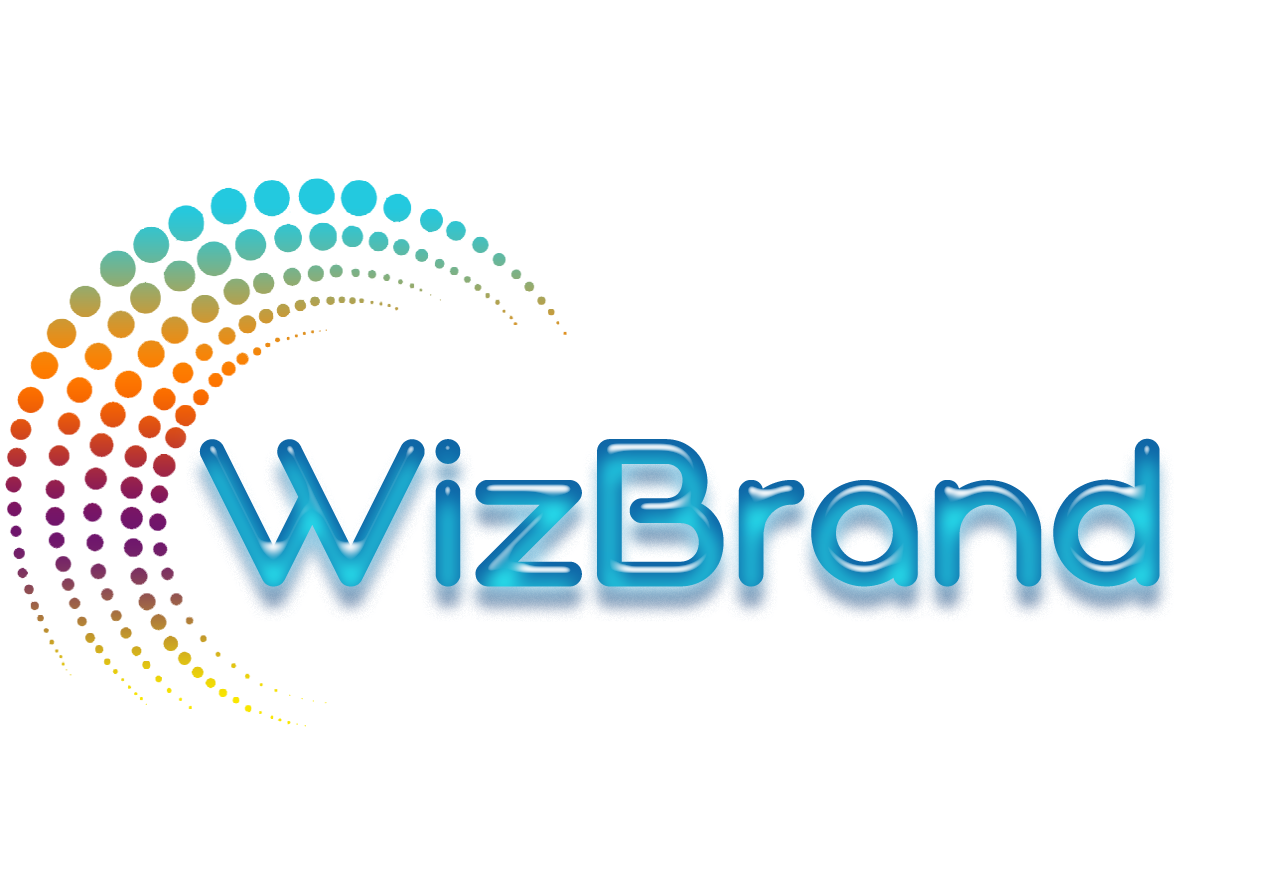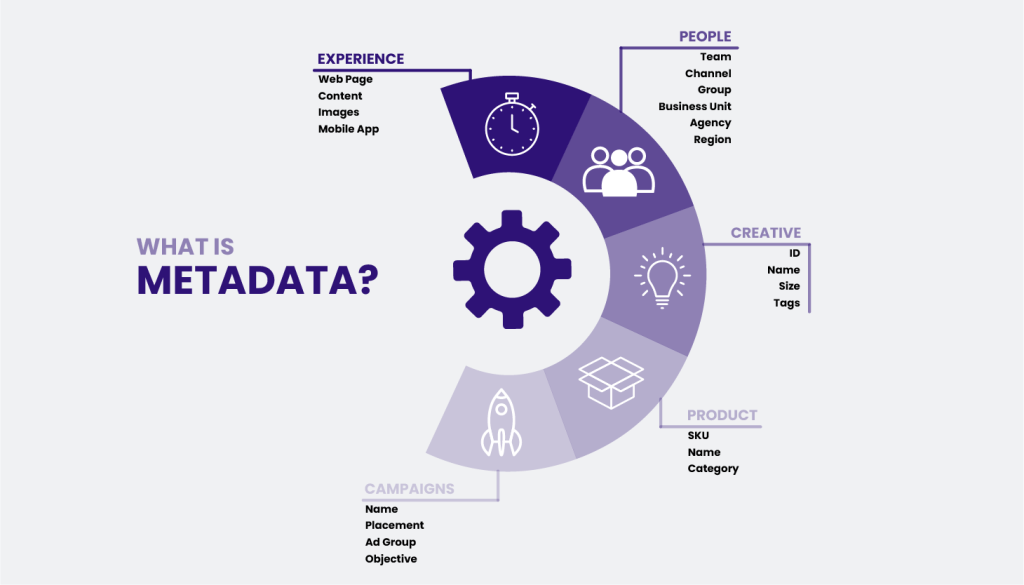
In today’s digital landscape, content is more than just text on a screen. Images, videos, infographics, and other multimedia assets are essential components of a brand’s online presence. However, without proper organization and optimization, these assets can become lost in the vast sea of digital content. This is where metadata plays a pivotal role. Metadata, often referred to as “data about data,” provides critical information about content, making it discoverable, valuable, and usable.
For both Search Engine Optimization (SEO) and Asset Management, metadata is indispensable. In this blog, we’ll explore why metadata is a cornerstone of efficient asset management and effective SEO, and how platforms like wizbrand are revolutionizing this space.
The Role of Metadata in SEO
SEO is all about improving visibility on search engines, and metadata is one of the key factors in determining how well your content performs in search rankings. Metadata provides search engines with the necessary information to understand the context and relevance of your content. Here’s how:

1. Improved Searchability with Alt Text and Descriptions
For visual content like images and videos, search engines cannot “see” the content directly. Instead, they rely on alt text (alternative text) and descriptions to interpret the image. Alt text is a crucial metadata element for SEO because it not only helps search engines understand what an image is about but also makes it accessible for users with visual impairments. Properly optimized alt text can lead to better rankings in image search results, thus driving more traffic to your site.
By embedding detailed metadata within every asset, like images or videos, you’re enabling search engines to index them more effectively, improving overall discoverability.
2. Optimized File Names and Tags
Search engines use file names and tags to help index visual content. If an image file is named something generic like “IMG_1234.jpg,” search engines will have no idea what the content is about. However, naming the file something descriptive, such as “green-plant-garden.jpg,” significantly improves its chances of ranking well.
Metadata provides a structured way to apply these important tags and labels to your assets, making it easier for search engines to index and rank them based on their content.
3. Structured Data for Rich Snippets
Structured data in metadata helps search engines understand the context of your content in a more organized way. For instance, when you implement structured data (e.g., schema markup) for articles, reviews, products, and even images, you increase the chances of your content appearing as rich snippets or featured snippets on Google search results. This visibility can dramatically improve click-through rates and boost traffic.
The Role of Metadata in Asset Management
On the other side of the coin, metadata is just as important for asset management. With the vast amount of content businesses produce, from images to documents and videos, managing and organizing these assets efficiently becomes increasingly challenging. Here’s where metadata in Digital Asset Management (DAM) systems comes in to streamline workflows:

1. Efficient Organization and Retrieval
A well-organized system is the key to efficient asset management. Metadata allows teams to categorize, tag, and label assets in a way that makes them easy to find, access, and use. For example, a simple search for “logo” or “social media post template” can return the exact files you need if those assets are properly tagged with the right metadata.
With platforms like wizbrand, teams can add customizable metadata fields to ensure that every asset is labeled with the right keywords, tags, categories, and descriptions. This not only aids in efficient retrieval but also helps in tracking asset usage and ownership.
2. Version Control and History Tracking
Assets evolve over time, and multiple versions of a file may exist. Metadata allows you to track each version and maintain a history of edits or updates. This is especially useful in large teams where different stakeholders need access to different versions of the same asset. Having detailed metadata ensures that only the most relevant and up-to-date version is in use.
Wizbrand simplifies this by offering tools for version control, ensuring all team members can collaborate on assets without confusion or errors, and ensuring that outdated versions don’t negatively impact your content strategy.
3. Streamlined Collaboration and Permissions
Managing who has access to assets and their rights is another area where metadata is indispensable. DAM software with metadata capabilities allows users to assign roles, define permissions, and track who has made changes to an asset. This is critical for maintaining brand consistency and ensuring that only authorized personnel can edit, distribute, or delete assets.
Wizbrand: The Power of Metadata for SEO and Asset Management
When looking for the Best Digital Asset Management Software, it’s essential to select a platform that not only supports metadata-rich assets but also integrates seamlessly into your SEO strategy. Wizbrand offers a comprehensive solution that enhances both SEO and asset management through metadata.
Wizbrand’s platform provides robust tools for categorizing, tagging, and managing metadata across your entire content library. This allows digital marketers, content teams, and SEO professionals to improve the visibility of their assets, while also ensuring that their content is organized, easy to access, and optimized for search engines.
With features like automated metadata population, version history, and collaborative workflows, Wizbrand streamlines digital operations while ensuring content is always SEO-ready. Whether you’re looking to improve SEO rankings for images, streamline asset workflows, or ensure team collaboration, Wizbrand is the answer.
Why Metadata Shouldn’t Be Overlooked
In conclusion, metadata is far more than a secondary consideration in content management and SEO. It’s the foundation upon which efficient workflows are built, and it plays a crucial role in optimizing content for search engines. Without proper metadata, both SEO and asset management efforts are bound to fall short.
If you’re looking to improve your content’s SEO and streamline asset management, it’s time to invest in a DAM solution that makes metadata management a priority. Wizbrand offers a powerful, user-friendly DAM system that integrates metadata management seamlessly with SEO optimization to boost your digital performance.
Explore how Wizbrand can help you unlock the full potential of your digital assets and optimize your content strategy today .